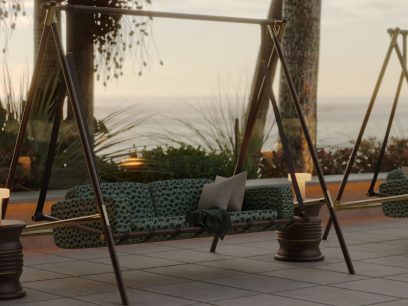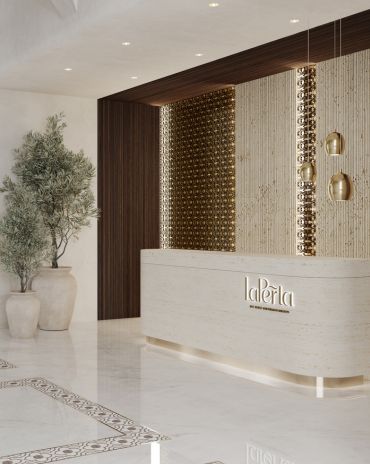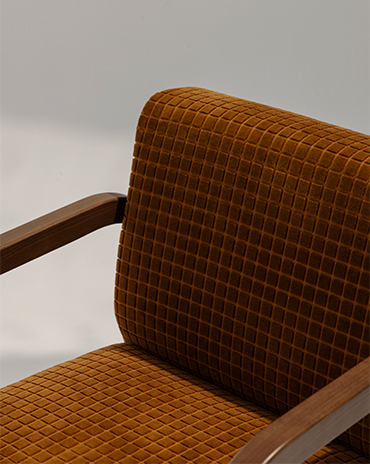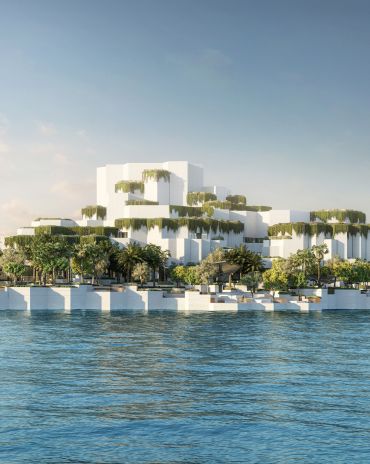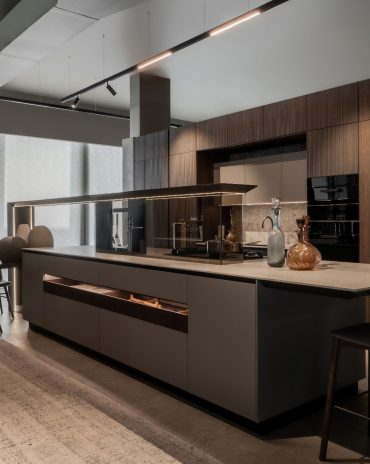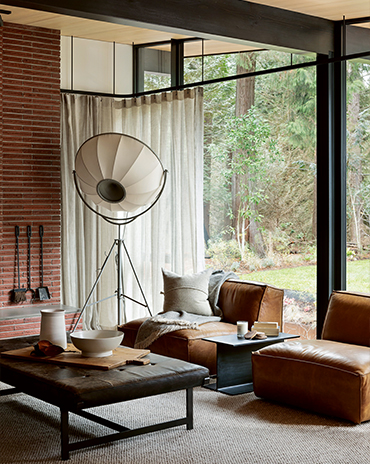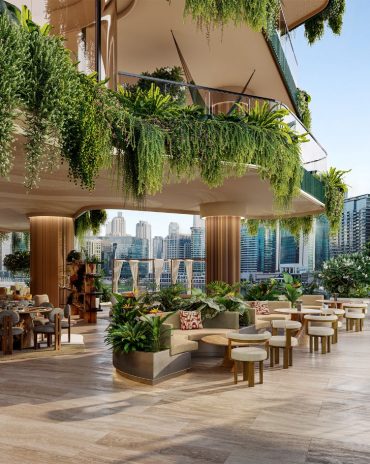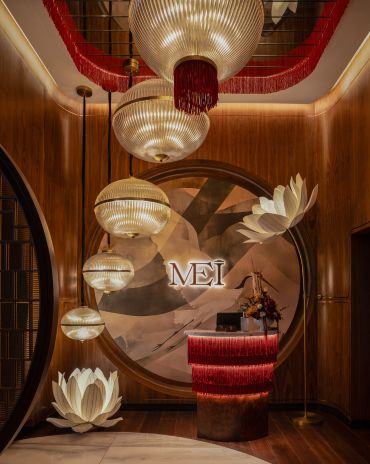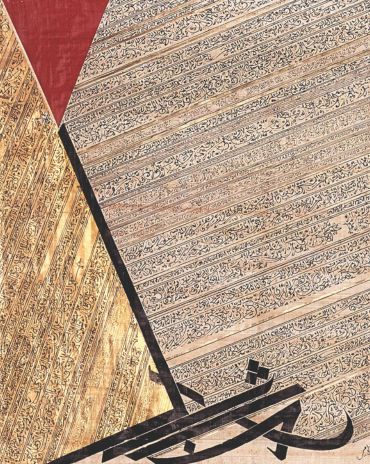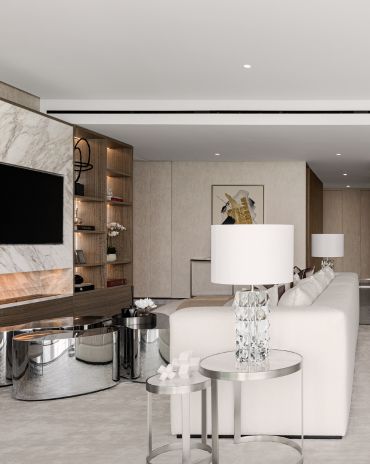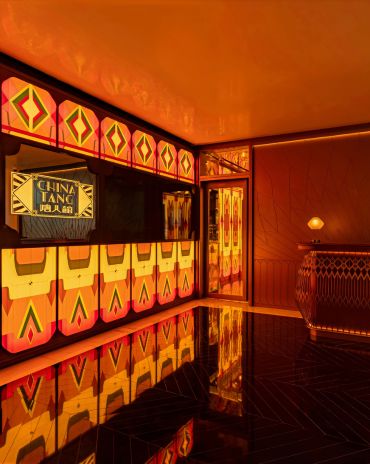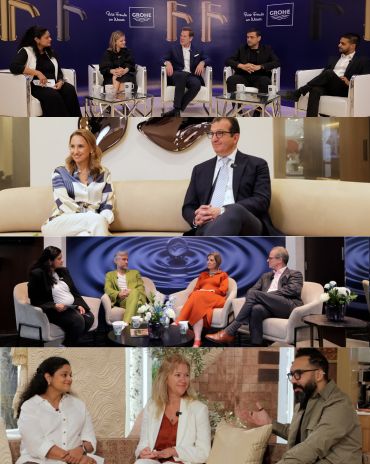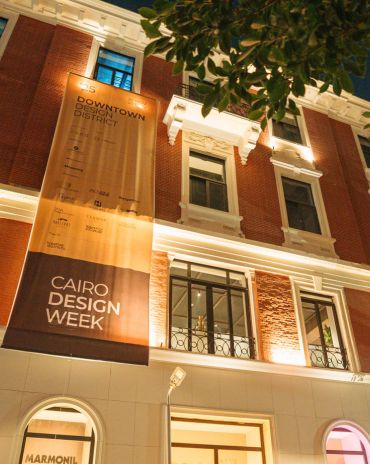Copyright © 2025 Motivate Media Group. All rights reserved.
Connecting Riyadh
The King Abdullah Financial District (KAFD) Metro Station designed by Zaha Hadid Architects (ZHA) connects the city and delights the senses with its signature sculptural shapes

On 1 December 2024, Riyadh Metro officially opened its Blue, Yellow and Purple Lines (Lines 1, 4 and 6), marking a transformative moment for Saudi Arabia’s capital. As the world’s longest driverless transit system, spanning over 176 kilometres across six lines and 85 stations, Riyadh Metro introduces unparalleled levels of efficiency and innovation in urban transportation. Designed to accommodate 3.6 million daily passengers, this state-of-the-art system is set to significantly reduce car journeys, alleviate traffic congestion and enhance sustainable mobility in Riyadh. At the heart of this ambitious network is the King Abdullah Financial District (KAFD) Metro Station, a design marvel by Zaha Hadid Architects (ZHA). Positioned as the key interchange hub, the station connects the financial district, King Khalid International Airport and the KAFD monorail via its skybridge. Spanning four levels with six rail platforms, the station integrates seamlessly with bus services and park-and-ride facilities, creating a vital multi-modal transport nexus for the city.

Externally, this lattice is expressed through ultrahigh- performance concrete panels, which form a visually striking and functional façade
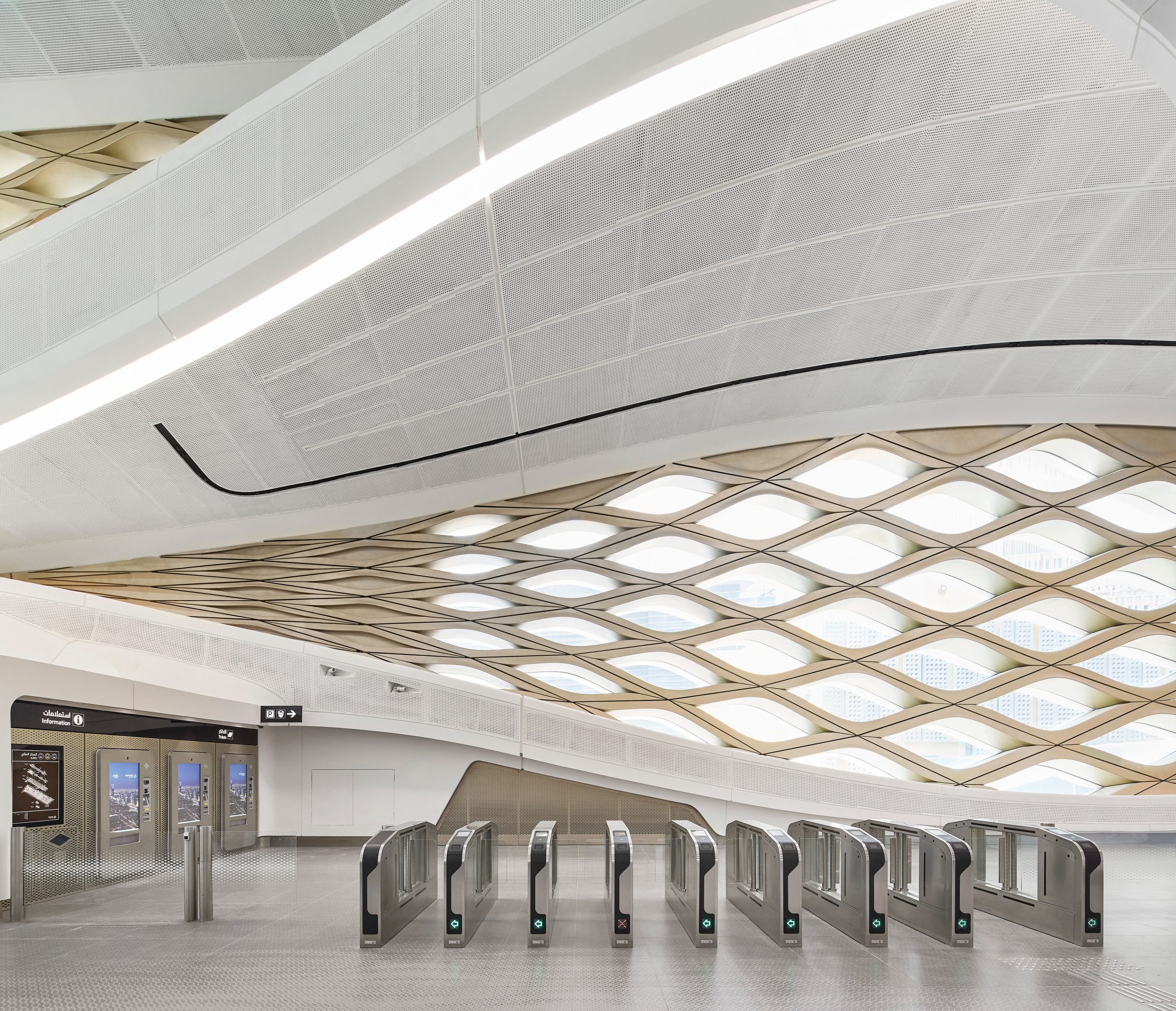
The station’s internal circulation patterns were meticulously modelled to
manage the predicted influxes of rail, car and pedestrian traffic

Beyond its functionality, the station’s design creates a series of indoor
and outdoor public plazas, enriching the social and cultural fabric of the King Abdullah Financial District
ZHA’s design for the KAFD Metro Station centres on connectivity, both functional and architectural. The station’s internal circulation patterns were meticulously modelled to manage the predicted influxes of rail, car and pedestrian traffic. This mapping process gave rise to a dynamic three-dimensional lattice structure, defined by opposing sinewaves that mirror the ebb and flow of daily transit activity.
Externally, this lattice is expressed through ultra-high-performance concrete panels, which form a visually striking and functional façade. The geometric perforations of the façade not only reinterpret the environmental shielding found within the region’s vernacular architecture but also reduce solar gain, enhancing the station’s energy efficiency. These patterns evoke the natural formations created by desert winds, with their fluid, repetitive rhythms echoing the interplay of nature and innovation.

The KAFD Metro Station exemplifies ZHA’s commitment to marrying aesthetic brilliance with engineering precision. The station’s external envelope is a self-supporting structure, meticulously aligned with internal framework that supports platforms and viaducts. The design underwent rigorous optimisation to improve structural efficiency, environmental performance and ease of construction without sacrificing spatial quality. A high-efficiency cooling system, powered by renewable energy, works in tandem with passive design features such as the station’s façade. This system automatically adjusts to fluctuating passenger levels throughout the day, while sliding door panels on platforms help retain cool air. These innovations ensure optimal comfort with minimal energy consumption.
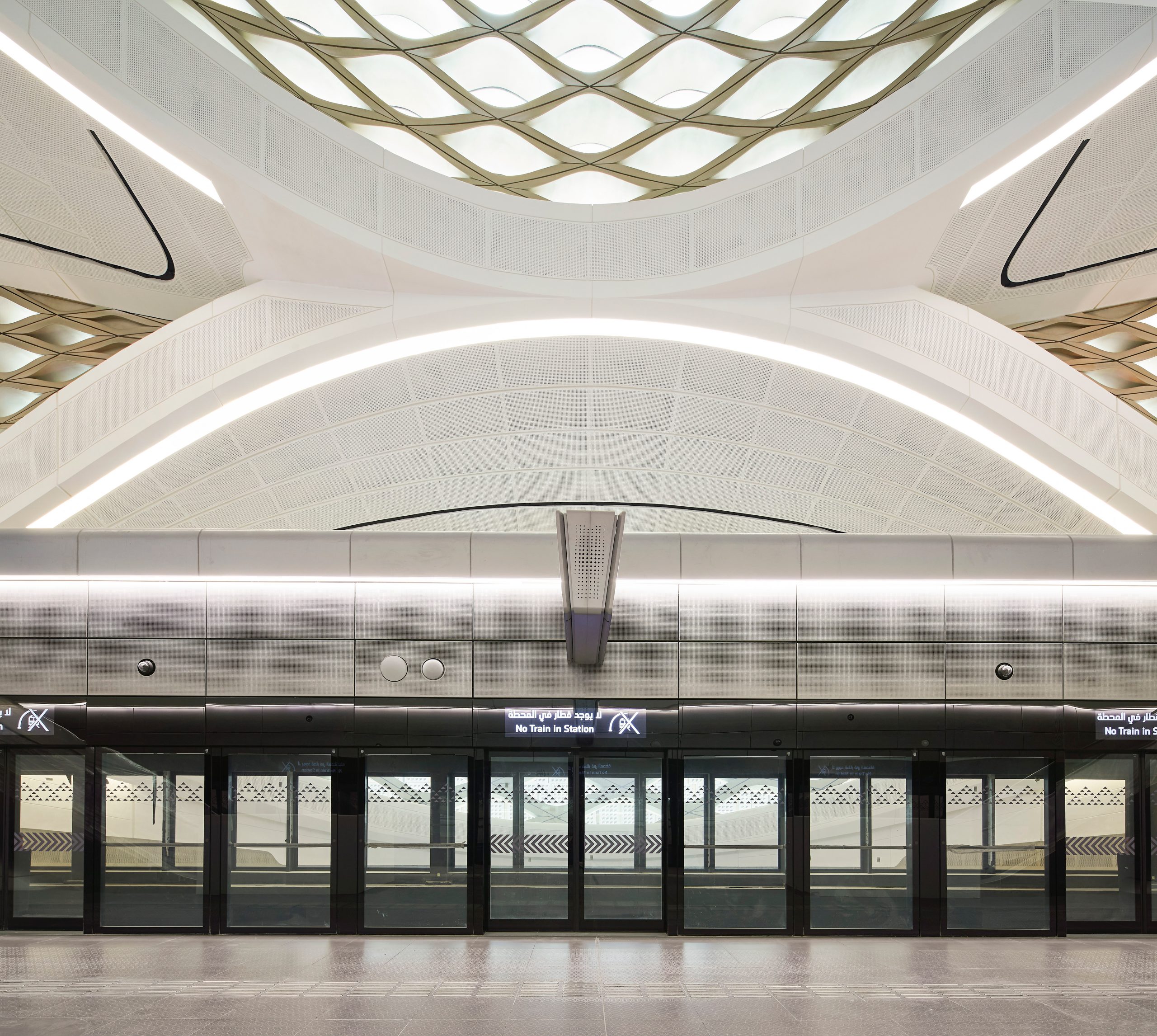

The KAFD Metro Station embodies sustainable design and has achieved LEED Gold certification. From its renewable energy integration to its environmentally responsive architecture, the station sets a benchmark for future urban infrastructure in the region. Beyond its functionality, the station’s design creates a series of indoor and outdoor public plazas, enriching the social and cultural fabric of the King Abdullah Financial District. Riyadh Metro and the KAFD Metro Station collectively signal a new chapter for Riyadh – a city embracing cutting-edge transit solutions while honouring its heritage and environment. This remarkable integration of innovation, sustainability and architectural excellence positions Riyadh as a global model for urban transformation.
Images courtesy Hufton+Crew.
Read more features here.
The Latest
A New Standard in Coastal Luxury
La Perla redefines seaside living with hand-crafted interiors and timeless architecture
Things to Covet
Here are some stunning, locally designed products that have caught our eye
An Urban Wadi
Designed by Dutch architects Mecanoo, this new museum’s design echoes natural rock formations
Studio 971 Relaunches Its Sheikh Zayed Showroom
The showroom reopens as a refined, contemporary destination celebrating Italian craftsmanship, innovation, and timeless design.
Making Space
This book reclaims the narrative of women in interior design
How Eywa’s design execution is both challenging and exceptional
Mihir Sanganee, Chief Strategy Officer and Co-Founder at Designsmith shares the journey behind shaping the interior fitout of this regenerative design project
Design Take: MEI by 4SPACE
Where heritage meets modern design.
The Choreographer of Letters
Taking place at the Bassam Freiha Art Foundation until 25 January 2026, this landmark exhibition features Nja Mahdaoui, one of the most influential figures in Arab modern art
A Home Away from Home
This home, designed by Blush International at the Atlantis The Royal Residences, perfectly balances practicality and beauty
Design Take: China Tang Dubai
Heritage aesthetics redefined through scale, texture, and vision.
Dubai Design Week: A Retrospective
The identity team were actively involved in Dubai Design Week and Downtown Design, capturing collaborations and taking part in key dialogues with the industry. Here’s an overview.
Highlights of Cairo Design Week 2025
Art, architecture, and culture shaped up this year's Cairo Design Week.

